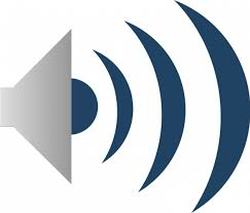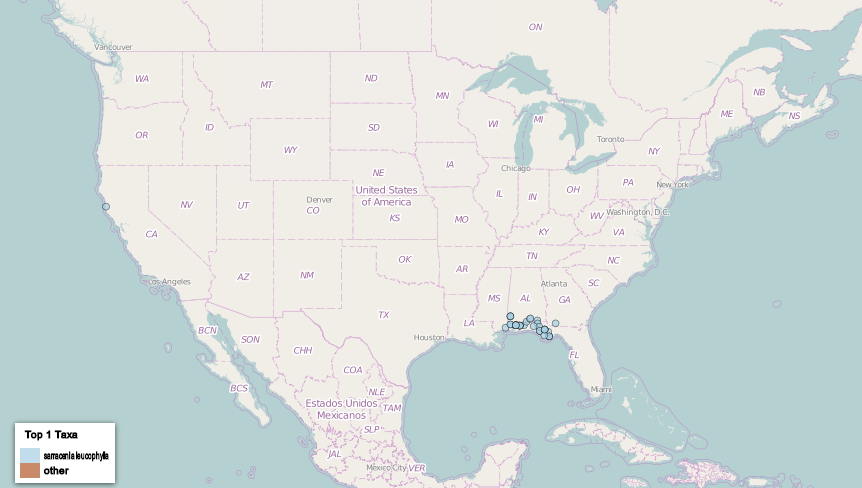the white-topped pitcher plant: Did you know?
|
Video credit: WFSU at Florida State University
|
The southeastern United States is home to almost 10,000 vascular plant species, a third of which, like the white-topped pitcher plant, are endemic (i.e., naturally found nowhere else in the world). The North American pitcher plant genus Sarracenia is particularly diverse in the southeast—all 9 of its species can be found there and 6 of them are endemic. The white-topped pitcher plant (Sarracenia leucophylla) has among the smallest natural ranges in the genus, stretching along the eastern Gulf of Mexico coast for about 300 miles in open, acidic bogs and swamps. The exact collection location for this specimen is approximately mapped to hide its exact location from poachers.
Pitcher plants are said to be carnivorous because they supplement their uptake of nutrients from the soil with that from trapped and decaying arthropods and an often very active community of organisms in their "pitchers" known as an inquiline community. The Southeastern Regional Network of Expertise and Collections Thematic Collections Network is digitally imaging 4.7 million specimens spread across 107 southeastern herbaria (i.e., archival plant specimen collections) to enable a deeper understanding of factors determining the restricted ranges of the region's flora and the flora's likely response to global climate change. Sarracenia leucophylla records from biological collections
Click the map to explore the iDigBio database. Credits:
Project's Library of Life Lead: Austin Mast 3D Imaging: Austin Mast, Harold Mast, and Anne Basham More information: |


